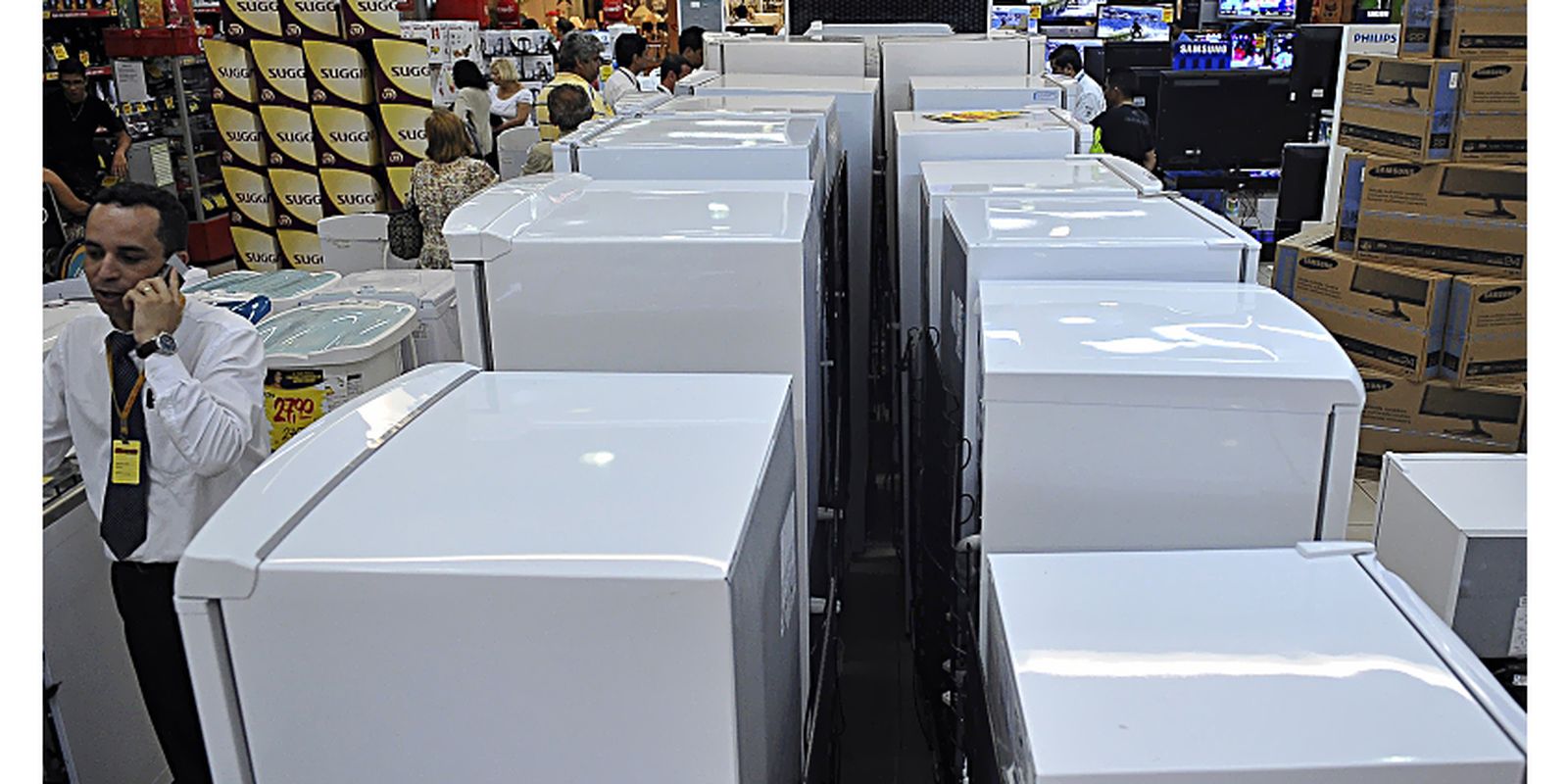The intention to consume families fell 0.2% from January to February, according to the National Confederation of Commerce of Goods, Services and Tourism (CNC). According to the Confederation, the fall was mainly impacted by the reduction of durable goods – which are those with long life, such as cars, refrigerators, washing machines, computers, among others. The index also shows greater caution especially among the highest income families.
The intention of consumption of families (ICF) was released on Thursday (20) by CNC. The index reached 104.5 points, discounted the seasonal effects. Compared to February 2024, the drop was even higher, 1.1%. This is the fifth consecutive month that there is a reduction in the intention of consumption in the annual analysis, which is, according to CNC, the most intense.
Still, the index, which goes up to 200 points, remains above 100 points, which indicates that consumers are satisfied.
The data released show that the higher income families are more cautious when consuming, with a 0.5% drop in the month among families with income greater than ten minimum wages, ie above R $ 15,180. There was also a drop, but to less intensity, among families with income less than this value of 0.2%.
The research is based on 18,000 questionnaires analyzed monthly, with data from consumers collected in all federative units. IFC consists of seven indicators: three on current conditions (employment, income and level of consumption), two on expectations for three months ahead (perspective of consumption and professional perspective), as well as the assessment of credit and current time access for the acquisition of durable goods.
Most components have revealed high movement, except for the time to buy durables. This item, according to the disclosure, had the highest reduction in its rate of 1.6%. This occurs after positive results of 0.9% at the end of last year and early 2025. The item reached, in February, the lowest score between the analyzed, 70 points, below 100 points, which indicates dissatisfaction. In CNC’s analysis, families have a greater impact of high interest rates.
Regarding employment, after four months of casualties, consumers were more optimistic about professional opportunities. The current employment item, which measures the satisfaction with the work, showed up 0.2%, while the item professional perspective, which measures the worker’s perception of the scenario of professional opportunities in the medium term, had the fifth growth followed, of 0.4%.
















